- What is the Exness Calculator
- Key Features and Capabilities of the Calculator
- Using the Exness Calculator
- Understanding Exness Calculator Input Parameters
- Interpreting Results Exness Calculator
- Example of Using the Exness Calculator
- Troubleshooting Exness Calculator
- Tips for effective use Exness Calculator
- FAQ
What is the Exness Calculator?
The Exness Calculator is a tool developed with the sole aim of helping traders make fast calculations of some trades. It helps users make an estimation of the potential profit, required margin, pip value, and swap fees. In that way, it enables traders to strategize better and manage risks before opening positions. Especially for traders using the Exness platform, it saves time that would be used in cumbersome calculations.
As such, it is available right on the Exness website to be used by everyone without additional installations. The calculator will help traders have a definite idea of the amount they should invest, potentially gain, and how much risk will be involved. In this way, this would considerably help them in informed trading decisions, especially in a fast-moving market.
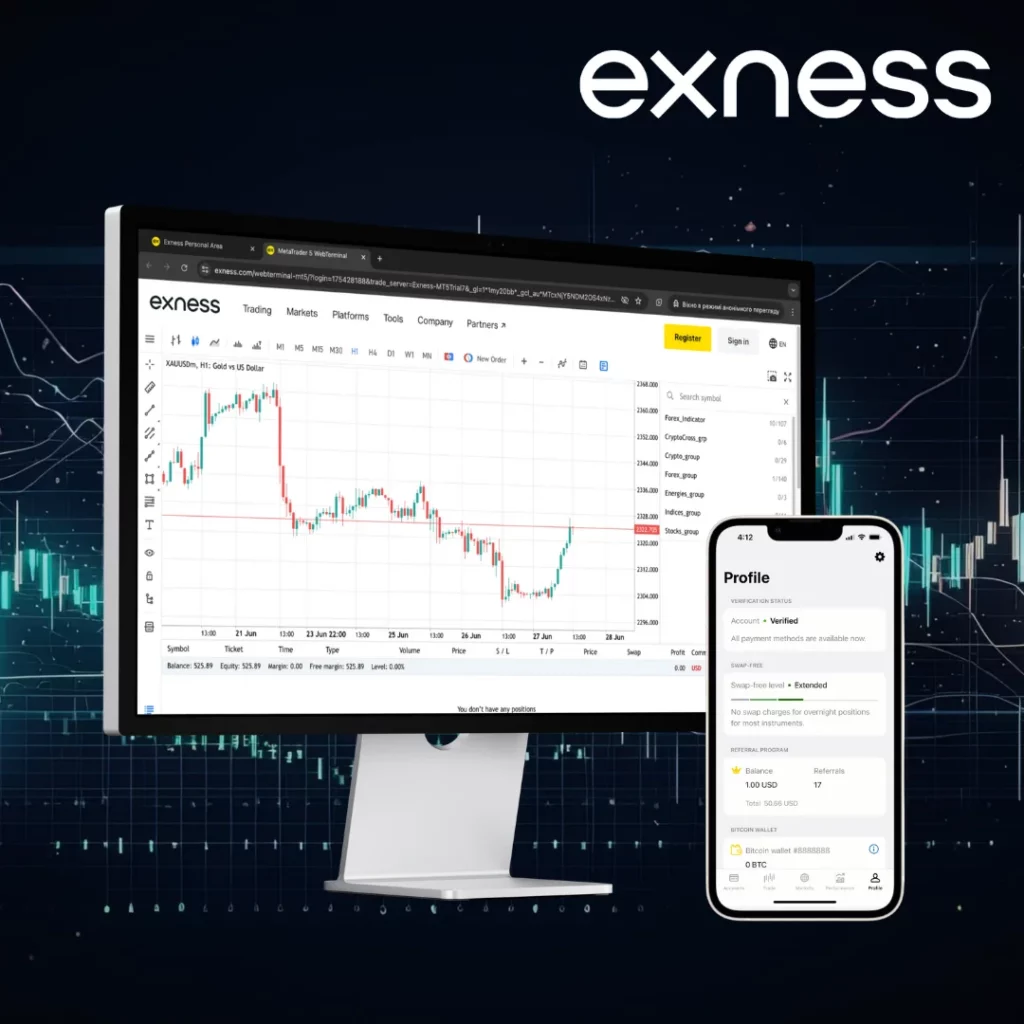
How does it work?
- Select Account Type and Currency: Choose the account type and your preferred currency.
- Pick Trading Instrument: Choose the asset you want to trade, such as forex or commodities.
- Enter Trade Size: Input the volume you plan to trade.
- Set Leverage: Indicate the leverage level for your trade.
- Calculate: Hit “Calculate” to see the results.
After filling in these details, the calculator shows the margin needed, pip value, swap fees, and estimated profit/loss. This makes it easier for traders to understand their financial commitments before entering a trade.
Using the Exness Calculator helps you stay away from unexpectedly costly mistakes. For example, in case one is going to trade a big position, using the margin calculator will show just how much margin is needed to avoid unwanted margin calls. You also get to know in advance about swap fees, something really useful for those who hold their positions overnight. A simple, yet powerful tool that gets you well-prepared each time.
Key Features and Capabilities of the Calculator
The Exness Calculator is intended to make the trading decisions easy for you, considering speed and accuracy in calculations. This will be of great help to traders in Ethiopia in estimating most of the key trading metrics required for developing better trading strategies, such as margin requirements, pip values, swaps, and potential profit or loss. Just a few details entered, and the trader gets the correct numbers through which one can optimize their trades. Such a tool would perfectly serve the purpose of traders who look to plan in detail to reduce the probabilities of risks and perfect their trading strategies.
Using the Exness Calculator
The Exness Calculator is a useful tool that arms traders with knowledge to enter into a trade consciously, instantly calculating all significant metrics of trade. It simplifies a host of complex computations and provides instant comprehension to traders regarding their needs for trading, the cost involved, and the estimated profit, thus confidently planning each trade.
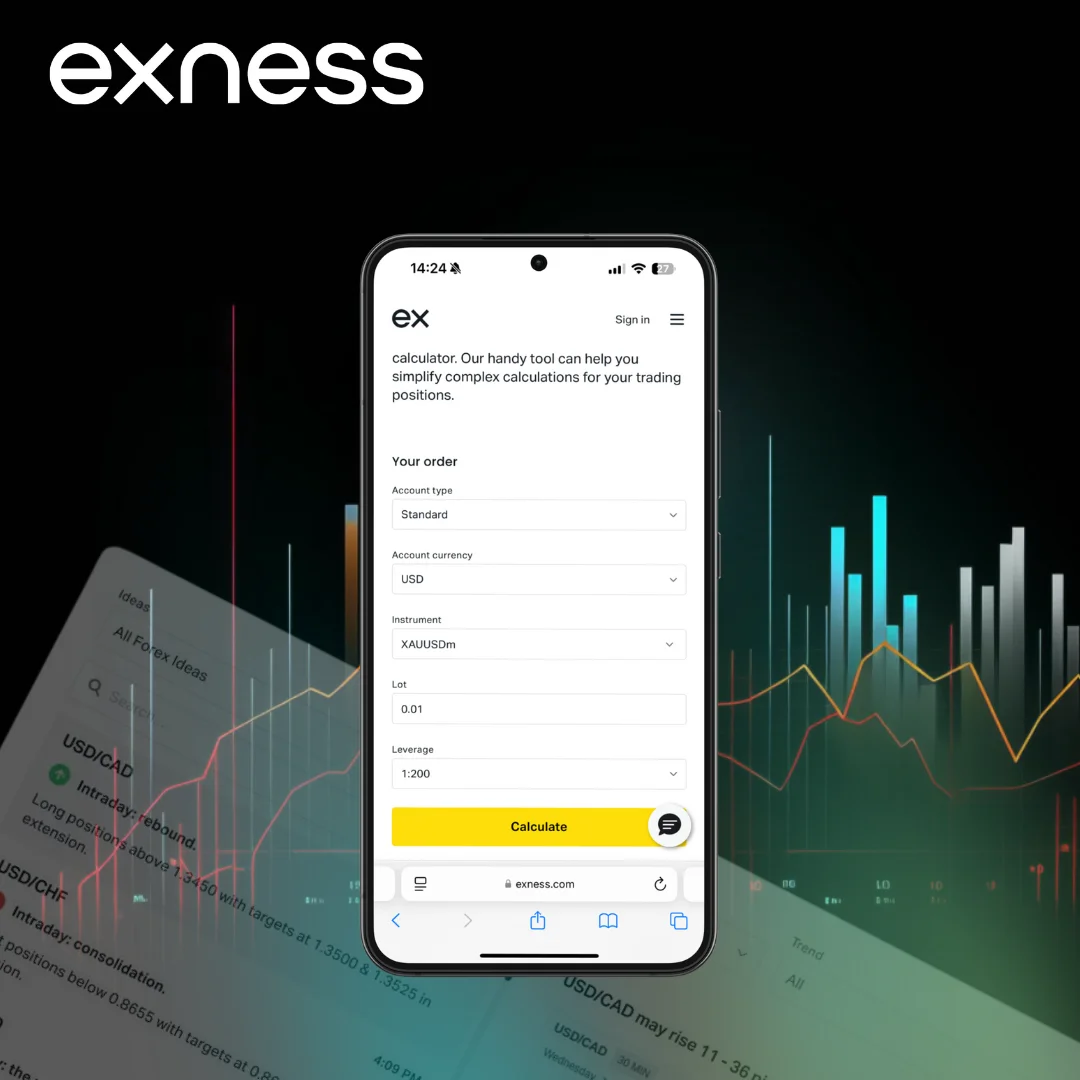
Step-by-step guide to performing calculations
To use the Exness Calculator effectively, follow these steps:
- Access the calculator through your Exness account.
- Enter the asset you plan to trade.
- Specify your trade size and leverage level.
- Input your account currency.
- Add any additional details, such as entry and exit prices for profit and loss calculations.
Once all data is entered, the calculator will display your margin requirement, pip value, swap fees, and projected profit or loss. Review these results to adjust your trade setup as needed.
Practical applications in trading scenarios
This Exness Calculator is primarily helpful during real trading situations. As for example, if you’re going to make a trade in Forex and you want to make sure you do not over-leverage above the available margin, the calculator shows the exact amount of margin that will be required so that over-leveraging does not happen, which is very crucial in times of volatile markets where managing margin becomes key to maintaining a healthy account balance.
Another case could be when one holds for very long-term positions, including swap fees. If you are holding a trade for several days, count on this calculator to estimate the overnight fees and factor them into your strategy. You are also at liberty to project profit and loss through this calculator, helping to set feasible stop-loss and take-profit levels so you might make calculated decisions with a minimum amount of risk.
Understanding Exness Calculator Input Parameters
Some key inputs are utilized by the Exness Calculator in the computation of relevant trading data. The idea about margin, pip value, swap fees, and calculated profits or losses that may result from your trade will be revealed if you input the correct information correctly. Properly filling in a field will ensure that your trade setup will work with your financial goals.
| Parameter | Description |
| Asset | The instrument you plan to trade (e.g., forex, stocks) |
| Trade Size | Volume of the trade, often measured in lots |
| Leverage | Ratio that amplifies your buying power |
| Account Currency | Currency in which your account operates |
| Entry & Exit Price | Used for calculating potential profit/loss |
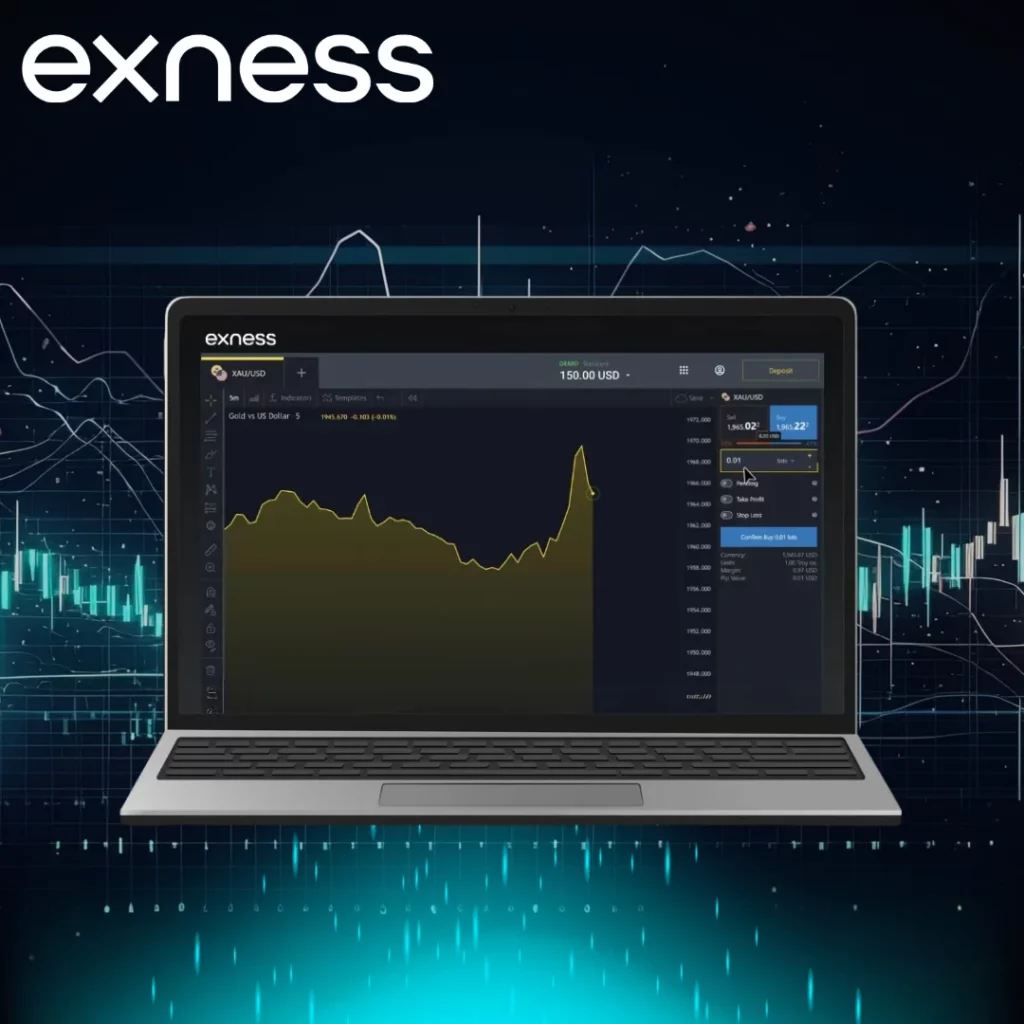
In this way, with these inputs, you can make swift and calculated decisions. Suppose you are trading USD/COP and you input the right lot size and the leverage, the calculator can thereby show your margin needs. This is where you plan your trade while keeping the risk in check and making sure your setup fits your available funds.
Interpreting Results Exness Calculator
Using the Exness Calculator helps traders in Ethiopia make informed trading decisions by providing clear estimates of key trading metrics. After entering details like the currency pair, trade size, leverage, and account currency, the calculator will show results for margin, pip value, swap fees, and potential profit/loss.
Once you have the results, it’s essential to understand what they mean:
- Margin: This shows how much of your account balance will be locked to open the trade. Ensure you have enough funds to cover this margin to avoid sudden margin calls.
- Pip Value: Knowing the pip value helps you see how each price movement affects your balance. This is vital for calculating risk and setting stop-loss levels.
- Swap Fees: If you plan to keep positions open overnight, consider these costs, especially if they are negative, as they can reduce your profit over time.
- Profit/Loss Forecast: Use this data to set realistic trading targets and manage risks. This will help you decide whether a trade aligns with your goals.
By accurately interpreting these results, you can plan trades more effectively, reduce risks, and optimize profits.
Example of Using the Exness Calculator
Imagine you want to trade EUR/USD with a lot size of 1. To start, enter the details into the Exness Calculator: pair (EUR/USD), lot size (1), leverage (1:100), and account type (e.g., Standard). Additionally, input your account currency, such as USD, for more accurate results.
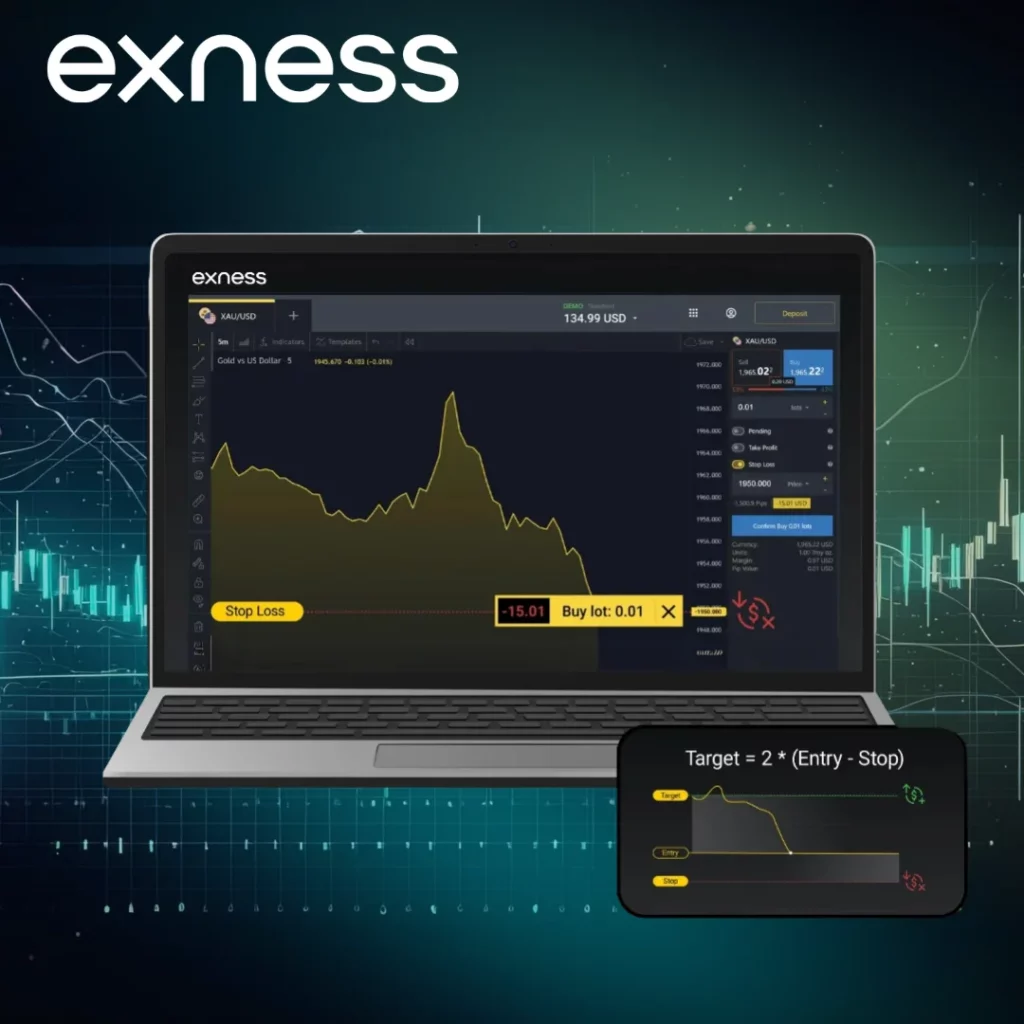
Detailed Walkthrough of a Sample Calculation
- Choose Account Type: For this example, we’re using a Standard account.
- Select the Currency Pair and Account Currency: Choose EUR/USD and set the account currency as USD.
- Enter Trade Size (Lot Size): Input 1 lot.
- Set Leverage: Enter 1:100 leverage to see how it impacts the margin requirement.
Upon completing these inputs, the calculator will generate the following results:
- Profit and Loss Potential: By estimating a target and stop loss, the calculator shows potential profit or loss scenarios.
- Margin Requirement: Displays how much margin is needed based on your leverage and trade size. For this example, it may calculate a margin of $1,000.
- Pip Value: The value of one pip movement in the EUR/USD pair, which might be $10 for a standard lot.
- Swap Fees: If you plan to hold the position overnight, the calculator estimates swap costs for both long and short positions.
Analysis of the Outcomes and Their Implications
- Profit and Loss Estimates: These figures let you plan your entry and exit with realistic goals. For example, a 100-pip target would imply a $1,000 potential profit, but ensure this aligns with your risk tolerance.
- Margin Requirement: A $1,000 margin requirement means you need at least this amount to open a position. This ensures you have enough balance to maintain the trade without risking a margin call.
- Pip Value: Knowing that each pip is worth $10 allows you to calculate potential gains or losses with each market movement. For instance, a 50-pip gain would mean $500 profit.
- Swap Fees: If holding overnight, consider the swap fees displayed. For example, if it’s $2 for a long position, calculate if holding the trade aligns with your cost expectations.
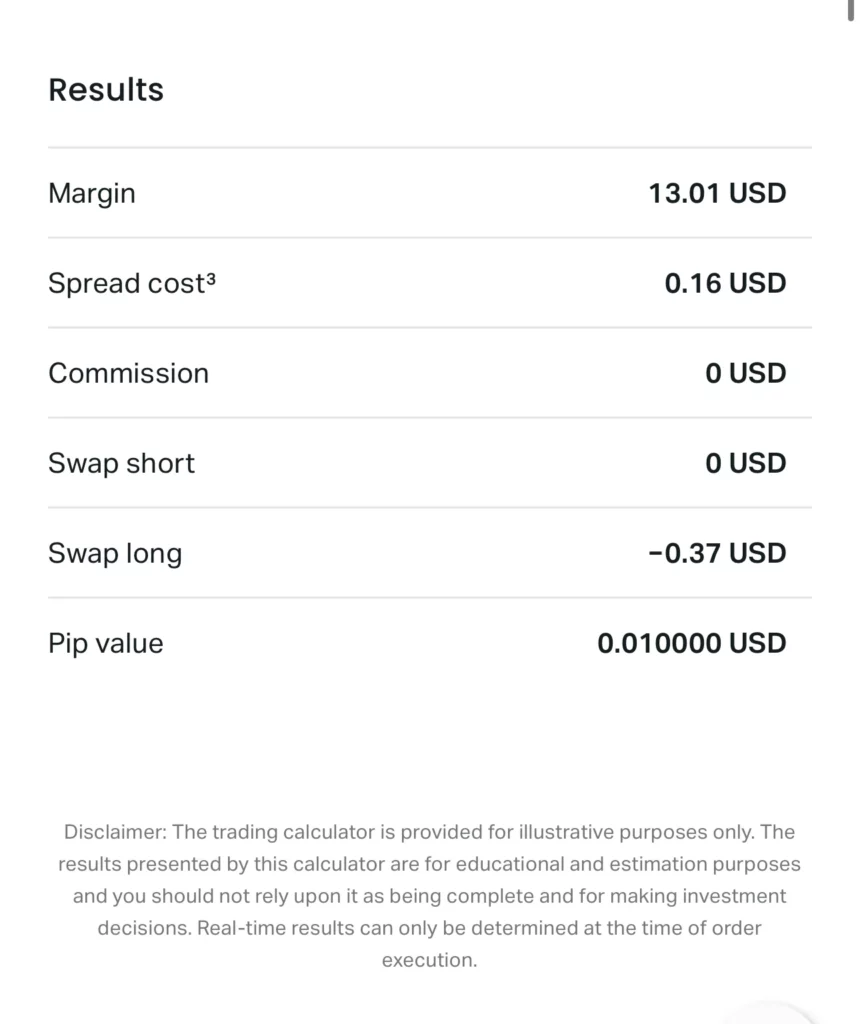
This example shows how the Exness Calculator can support decision-making, allowing you to adjust lot size, leverage, or even the duration of your trade based on costs and profit potential. It’s a practical tool to align each trade with your overall strategy and risk management.
Troubleshooting Exness Calculator
The Exness Calculator is a vital tool that helps traders make smart decisions, optimize strategies, and manage risk effectively.
How to Use the Exness Calculator:
- Calculate: Click ‘Calculate’ to see results such as margin requirement, pip value, swap rates, and potential profit or loss.
- Select Account Type: Choose your account type (e.g., Standard, Pro) to ensure precise calculations.
- Set Account Currency: Enter your base account currency to align calculations with your trading account.
- Choose Trading Instrument: Pick the asset you plan to trade, like a currency pair, commodity, or index.
- Enter Trade Volume: Specify the number of lots you intend to trade.
- Set Leverage: Select the leverage ratio you plan to apply.
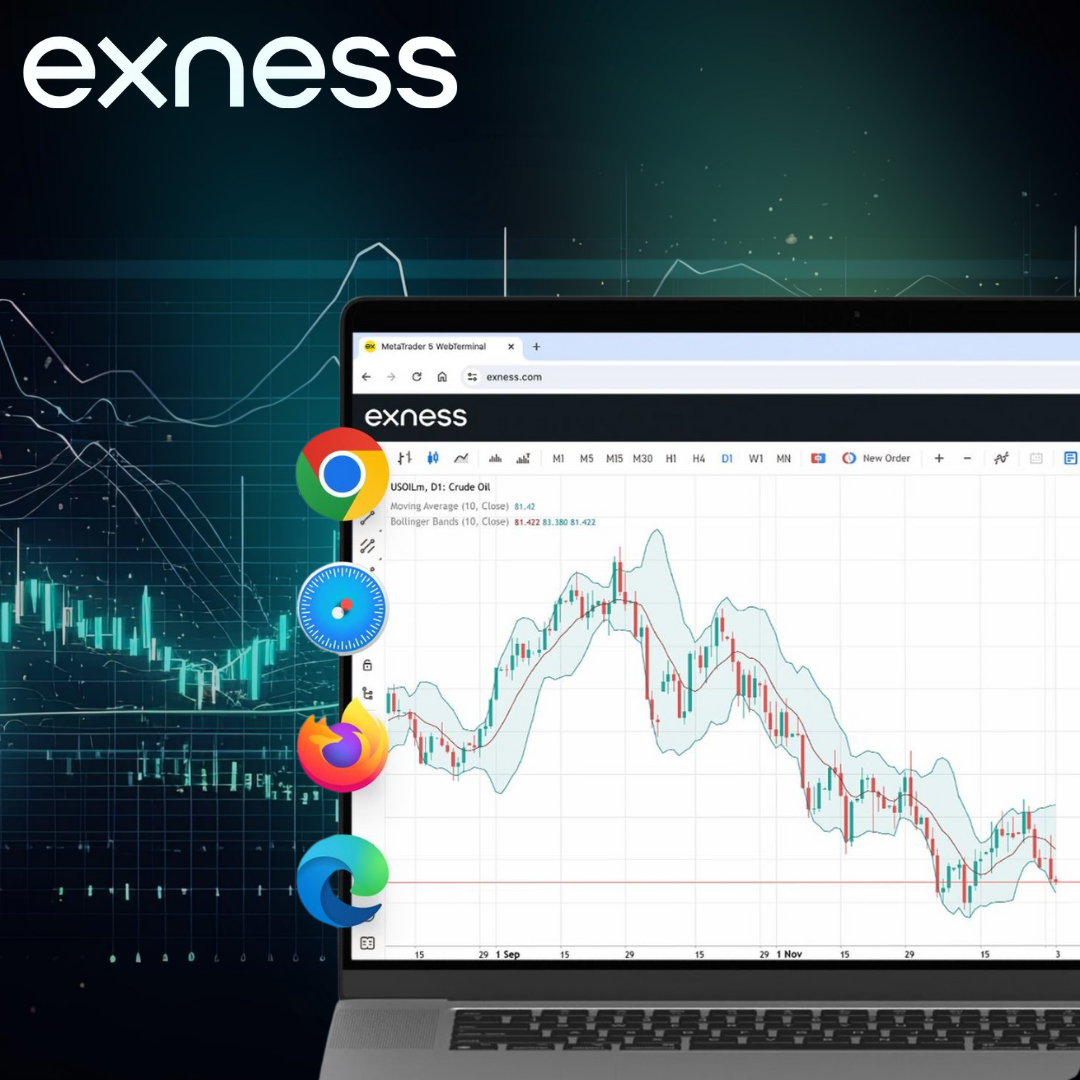
If trading 1 lot of EUR/USD with a 1:200 leverage on a Standard account, the calculator will show the required margin, pip value, and estimated profit or loss based on the latest market data. Understanding these metrics helps traders in Ethiopia make better decisions, manage risk, and improve trading outcomes.
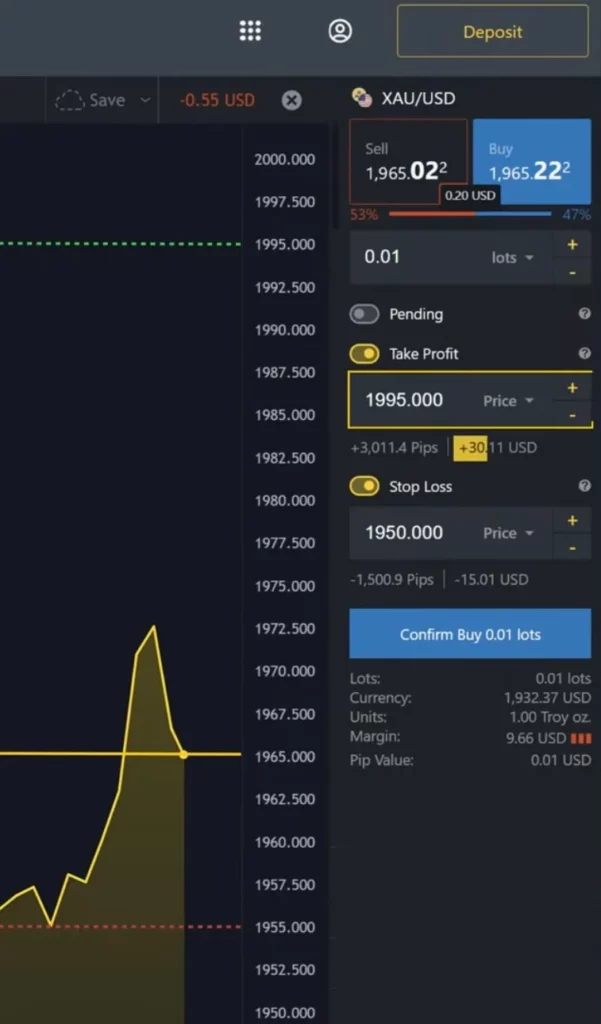
Tips for effective use Exness Calculator
In order to get more from the Exness Calculator, its use needs to be continuous and correct. Putting this into your trading routine, you can make informed decisions based on accurate calculations of margin, pip values, and potential profit or loss. Using this calculator before any trade lets you judge the risks and adjust your strategy according to real-time market data. This helps one develop not only better planning but also reduces financial shocks.
Tips for Effective Use:
- Input Accuracy: Double-check your input parameters (account type, currency pair, trade size) for precise calculations.
- Frequent Use: Use the calculator for every trade to stay updated on potential costs and gains.
- Experiment with Scenarios: Run different scenarios by adjusting inputs to understand possible outcomes and prepare for various market conditions.
- Track Results Over Time: Reviewing past calculations can help you refine future trades.
By following these tips, you can utilize the Exness Calculator to manage your trading more efficiently and keep your strategy on track, ensuring you are prepared for both risks and rewards.

